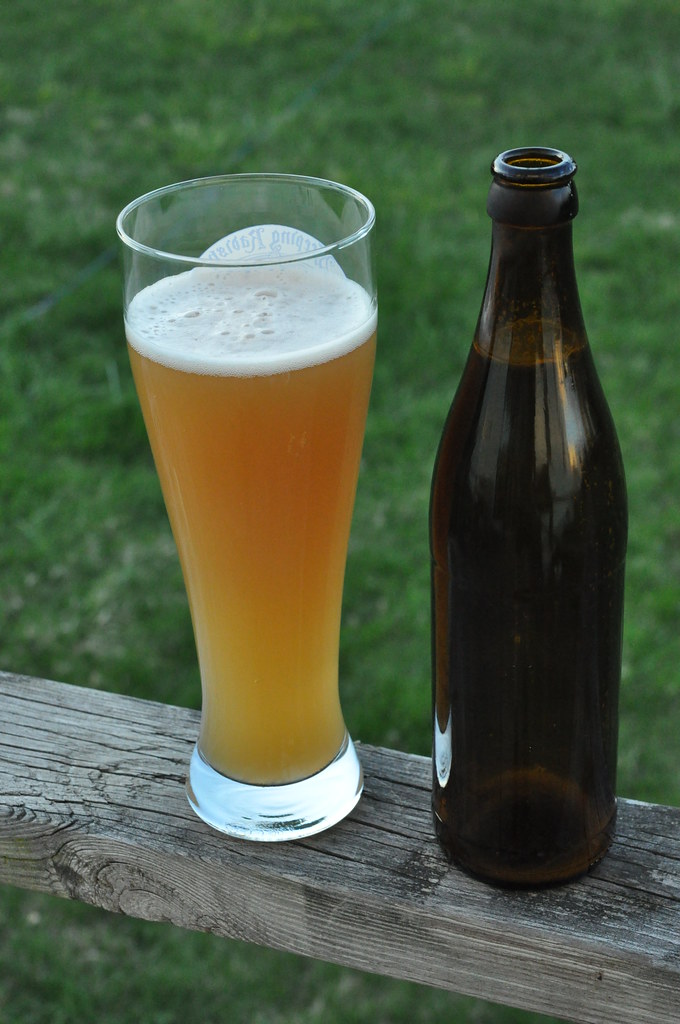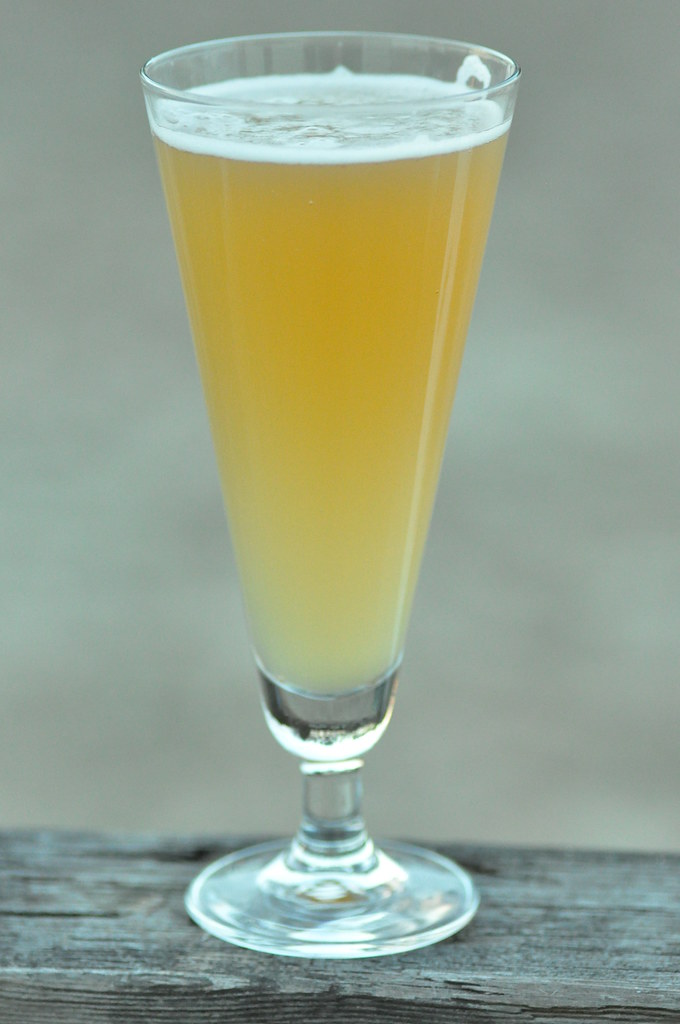 In light of my pending wheat brews (wit, hefe, wheat saison), I've been doing some in depth research on the various kinds of wheat malts out there, and thought I'd write a brief post explaining the differences.
In light of my pending wheat brews (wit, hefe, wheat saison), I've been doing some in depth research on the various kinds of wheat malts out there, and thought I'd write a brief post explaining the differences.What IS wheat anyways?
It's a grass, and is the leading source of vegetable protein in human food, the others being corn and rice. It originated in the "Near East", aka the Middle East, but cultivated world-wide today. Wheat grain is a staple food used to make flour for leavened, flat and steamed breads, biscuits, cookies, cakes, breakfast cereal, pasta, noodles, couscous and... beer! Enough, for more info see Wikipedia.
Grains Varieties
There are probably more types of wheat than any other brewing grain. There's raw, malted, torrified, flaked, red, white, winter, etc.
Raw (unmalted) wheat - The raw wheat has a higher protein content (which will make the beer much hazier, and mash harder to lauter and requires a cereal mash) and does not contain any enzymes. However, it's quite a bit cheaper due to not being malted. It's also thought to help beers age longer (such as gueuze or lambic) than malted wheat.
Flaked & Torrified wheat - Flaked and torrified are types of raw wheat that are easier to handle than the little grains of raw wheat, which are hard, tiny and huskless (i.e. difficult to mill). Torrified is just puffed wheat, and flaked wheat is cooked and pressed. Both of these are generally easier to work with then plain raw wheat.
Wheat malt - This, of course, is just malted wheat. You can find light wheat malt, dark wheat malt, carmel wheat, etc.
Red vs. white - The grain of wheat used in brewing is either white or red (either can be of course malted or raw). White is generally softer, and that is preferred, but it also is what gums up the mash. But it's not always softer.
Typically, the general rule when selecting wheat base grains is this:
For German wheat beers, use malted wheat.
For Belgian style wits, use unmalted wheat (either raw, torrified, or flaked).
In both of these instances, they are typically 40-60% of the base grain total, the other % being malted barley (either pale or pilsener malt).
Beer Styles
If the number of wheat grain types was not enough, there's also a variety of beer styles that have something to do with wheat. Wit, Witbier, Weiss, Weissbier, Weizen, Hefeweizen, Dunkelweizen, Kristalweizen, Weizenbock, American Wheat, Berliner Weisse, etc. All of these can really be broken into 2 main categories (Weiss & Wit) with 2 smaller categories (Sours & American Wheat). Here's a quick and dirty guide to all.
|
|
|
Weissbier, short weisse: these terms are used almost exclusively in the southern German state of Bavaria. "Weisse" is German for "white".
Weizenbier, short weizen: these names are used to indicate the same thing, but the choice term for Western & Northern Germany. "Weizen" is German for "wheat".
Hefeweissbier or hefeweizen: "hefe" is the German word for yeast. The prefix is added to indicate that the beer is bottle-conditioned (unfiltered) and thus might have sediment.
Kristallweissbier or kristallweizen: if the weissbier is filtered, the beer will look "clear" (or "kristall").
Dunkles weissbier or dunkleweizen: a dark version of a wheat beer ("dunkel" is the German word for "dark").
Weizenbock is a wheat beer made in the bock style originating in Germany. An example of this style is Aventinus, made by the G. Schneider & Sohn brewery in Kelheim, Germany.
Witbier or simply wit: Dutch language name for the Belgian style of wheat beer.
La bière blanche: The French language name for this type of beer.
So, happy wheat brewing... like I mentioned, I'll be brewing a wheat trio next: a wit, a banana hefeweizen, and a wheat saison. Pysched for all..
Cheers!




No comments:
Post a Comment